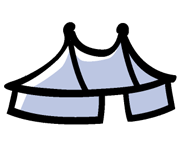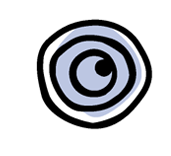Le Monde8 October 2009
Cirque Plume reset to the fine arts
 Is there only a fine line between painting and scribble? For Cirque Plume, whose new work is entitled L’Atelier du peintre (’The artist’s studio’), it would seem the answer is yes. On the one hand, we have reproductions of old master canvasses hung to the stage curtain (Velasquez, Ingres, etc.); on the other hand, daubings by dubious amateurs. Between the two extremes, the dance performed by the paintbrush and roller is an opportunity for a few circus fun and games and some often hilarious gags.
Is there only a fine line between painting and scribble? For Cirque Plume, whose new work is entitled L’Atelier du peintre (’The artist’s studio’), it would seem the answer is yes. On the one hand, we have reproductions of old master canvasses hung to the stage curtain (Velasquez, Ingres, etc.); on the other hand, daubings by dubious amateurs. Between the two extremes, the dance performed by the paintbrush and roller is an opportunity for a few circus fun and games and some often hilarious gags.
Showing under the big top in Parc de La Villette, Paris, L’Atelier du peintre, the ninth production by the company from Franche Comté, under the leadership of its artistic director Bernard Kudlak, is celebrating twenty five years of the company. And how! A three-month run at La Villette. A record, vindicated by the popularity of Cirque Plume. Since Wednesday 30 September, it has received a standing ovation each evening in honour of its thirteen performers.
Popular and full of references (provided you get the references, but if you don’t, it really doesn’t matter!), the picture motif, exciting at first sight, fizzles out like an idea that might have sounded good at the time, a pretext that is sometimes all too obvious. Make use of painterly gestures, why not, stage the show within a frame like a picture, yes, OK, but only if you use images that are a bit less flat than those used by Cirque Plume, even if they are quite nice.
Lowering a flesh and blood female from a painting is a nice idea, but it’s been used before. More interesting is the sequence designed around a canvas that has been torn in two - like the L’Origine du monde - drawing in the performers who roll around on the other side of the mirror and the painting. The paint-ball routine during which a hysterical collector gets stuck to the painting by a huge jet of paint is so daft and funny, it raised a laugh straight away that lasted for a long time, because it had something to suit all tastes.
Some howlers and some really good ideas
The theatrical interludes or clowning around with paint in traditional circus routines - German wheel, hand-to-hand balancing, floor gymnastics, etc. - unfold with great simplicity. There is a seamless transition from one to the next, without any discordance. Some of the characters - the "oldies" Robert Miny and Pierre Kudlak, for example - act as a link between the scenes, whereas the live music written by Miny and played by the troop oils the wheels.
There are a few howlers and some really good ideas in L’Atelier du peintre. One example, as multi-layered as a mille-feuille, sets the tone. When the clown and juggler (Tibo Tout Court, alias Oui-Oui) lets his white juggling balls fall to the floor, the sound board sends out a subtle musical patter. At the same time, three performers sitting in a circle roll balls over the floor. Both actions intersect on a screen in a ballet of Chinese shadows. The triangular routine means you don’t know where to look first.
All the same, a word about the use of puns. The painter Soulages, champion of the use of relief in black, is quoted in the course of a humorous commentary: he "soulage" (’relieves’). Ok, fine. The joke emphasises the perceptible conflict in the show between a very Lagarde and Michard top tier, and a bottom tier, like having two paths that are not open to all. I prefer the saying that "Oil painting is difficult, but it isn’t any better than watercolours".
Rosita Boisseau









